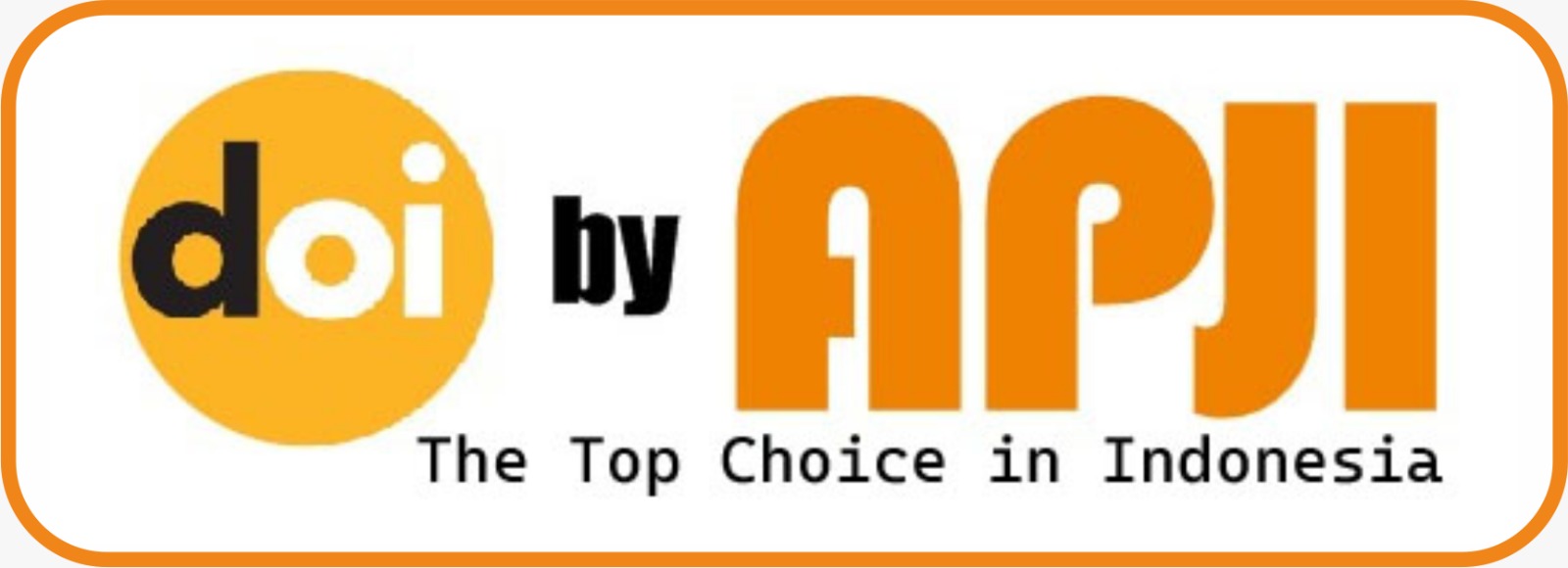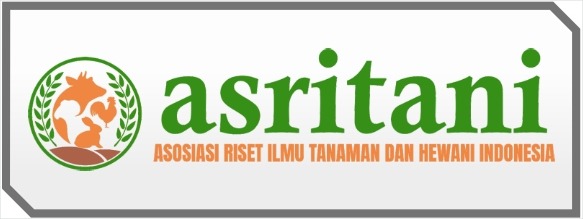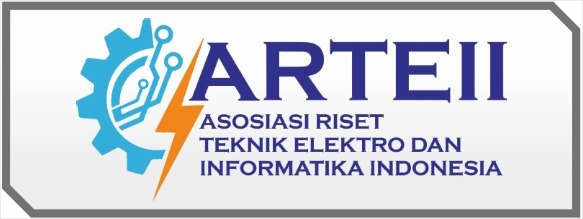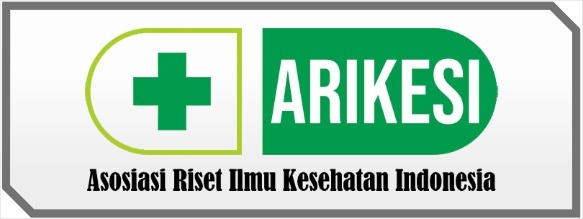Spatial Transformation of Physical Change of Built-up Land in Ambon City Center, Indonesia, Period 1940-2025
DOI:
https://doi.org/10.69930/ajer.v2i1.319Keywords:
Ambon, built-up land, physical change, spatial transformationAbstract
The background of this research focuses on the physical transformation of built-up land in the center of Ambon City from 1940 to 2025, influenced by historical, social, and economic factors, including the impact of riots and population growth. The tools and materials used in this research include thematic maps of land use from various periods, satellite images (Ikonos-2 and Planet Scope), and ArcGIS Pro software for spatial data processing. The method applied is an urban morphology approach with qualitative deductive analysis, which includes geospatial data processing to understand the pattern of urban development. The results of the discussion show that built-up land has increased significantly, although environmental challenges remain a major concern, such as the conversion of green land that impacts the carrying capacity of the environment. The conclusion of this study emphasizes the need for sustainable urban planning strategies to balance urban growth with ecosystem preservation in the future.
References
1. Oliveira V. Urban Morphology [Internet]. Cham: Springer International Publishing; 2016. (The Urban Book Series). Available from: http://link.springer.com/10.1007/978-3-319-32083-0
2. Egidi G, Salvati L, Falcone A, Quaranta G, Salvia R, Vcelakova R, et al. Re-Framing the Latent Nexus between Land-Use Change, Urbanization and Demographic Transitions in Advanced Economies. Sustainability [Internet]. 2021 Jan 8;13(2):533. Available from: https://www.mdpi.com/2071-1050/13/2/533
3. Kpienbaareh D, Oduro Appiah J. A geospatial approach to assessing land change in the built-up landscape of Wa Municipality of Ghana. Geogr Tidsskr J Geogr [Internet]. 2019 Jul 3;119(2):121–35. Available from: https://www.tandfonline.com/doi/full/10.1080/00167223.2019.1587307
4. Liu Y, Cao X, Li T. Identifying Driving Forces of Built-Up Land Expansion Based on the Geographical Detector: A Case Study of Pearl River Delta Urban Agglomeration. Int J Environ Res Public Health [Internet]. 2020 Mar 8;17(5):1759. Available from: https://www.mdpi.com/1660-4601/17/5/1759
5. Zhou Y, Chen M, Tang Z, Mei Z. Urbanization, land use change, and carbon emissions: Quantitative assessments for city-level carbon emissions in Beijing-Tianjin-Hebei region. Sustain Cities Soc [Internet]. 2021;66:102701. Available from: https://www.sciencedirect.com/science/article/pii/S221067072030915X
6. Maail F. Arah Perkembangan dan Pola Fisik Keruangan Pusat Kota Ambon. Universitas Gadjah Mada; 2003.
7. Rakuasa, H., & Latue PC. Monitoring Urban Sprawl in Ambon City Using Google Earth Engine: Memantau Urban Sprawl di Kota Ambon Menggunakan Mesin Google Earth. Mult J Glob Multidiscip. 2023;1(2):88–100.
8. Chen Q, Mao Y, Morrison AM. The Influence of Land Use Evolution on the Visitor Economy in Wuhan from the Perspective of Ecological Service Value. Land [Internet]. 2021 Dec 21;11(1):1. Available from: https://www.mdpi.com/2073-445X/11/1/1
9. Zhu XX, Qiu C, Hu J, Shi Y, Wang Y, Schmitt M, et al. The urban morphology on our planet – Global perspectives from space. Remote Sens Environ [Internet]. 2022 Feb;269:112794. Available from: https://linkinghub.elsevier.com/retrieve/pii/S0034425721005149
10. Yang J, Yang Y, Sun D, Jin C, Xiao X. Influence of urban morphological characteristics on thermal environment. Sustain Cities Soc [Internet]. 2021 Sep;72:103045. Available from: https://linkinghub.elsevier.com/retrieve/pii/S2210670721003292
11. Rakuasa H, Sihasale DA, Somae G, Latue PC. Prediction of Land Cover Model for Central Ambon City in 2041 Using the Cellular Automata Markov Chains Method. J Geosains dan Remote Sens [Internet]. 2023 May 30;4(1):1–10. Available from: https://jgrs.eng.unila.ac.id/index.php/geo/article/view/85
12. Septory JSI, Latue PC, Rakuasa H. Model Dinamika Spasial Perubahan Tutupan Lahan dan Daya Dukung Lahan Permukiman Kota Ambon Tahun 2031. Geogr J Pendidik dan Penelit Geogr [Internet]. 2023 Jun 30;4(1):51–62. Available from: https://ejurnal.unima.ac.id/index.php/geographia/article/view/5801
13. Salakory, M., Rakuasa H. Modeling of Cellular Automata Markov Chain for predicting the carrying capacity of Ambon City. J Pengelolaan Sumberd Alam dan Lingkung. 2022;12(2):372–87.
14. Rakuasa H, Budnikov VV. Assessing Settlement Suitability Using Road Network Analysis for Sustainable Urban Planning in Ambon City, Indonesia. Appl Eng Innov Technol [Internet]. 2024 Nov 16;1(2):68–74. Available from: https://journal.msdinstitute.org/index.php/AEIT/article/view/39
15. Mohamed A, Worku H, Lika T. Urban and regional planning approaches for sustainable governance: The case of Addis Ababa and the surrounding area changing landscape. City Environ Interact [Internet]. 2020 Nov;8:100050. Available from: https://linkinghub.elsevier.com/retrieve/pii/S2590252020300313
16. BPS. Kota Ambon Dalam Angka 2024 [Internet]. BPS Kota Ambon, editor. Ambon: BPS Kota Ambon; 2024. 412 p. Available from: https://ambonkota.bps.go.id/publication/2022/02/25/d4a1a955435993babeaa1777/kota-ambon-dalam-angka-2022.html
17. Latue, P. C., Septory, J. S. I., & Rakuasa H. Perubahan Tutupan Lahan Kota Ambon Tahun 2015, 2019 dan 2023. JPG (Jurnal Pendidik Geogr. 2023;10(1):177–86.
18. Zhang P, Ghosh D, Park S. Spatial measures and methods in sustainable urban morphology: A systematic review. Landsc Urban Plan [Internet]. 2023 Sep;237:104776. Available from: https://linkinghub.elsevier.com/retrieve/pii/S0169204623000956
19. Knowles RD, Ferbrache F, Nikitas A. Transport’s historical, contemporary and future role in shaping urban development: Re-evaluating transit oriented development. Cities [Internet]. 2020 Apr;99:102607. Available from: https://linkinghub.elsevier.com/retrieve/pii/S0264275118316895
20. Heinrich Rakuasa GS. Analisis Spasial Kesesuaian dan Evaluasi Lahan Permukiman di Kota Ambon. J Sains Inf Geogr (J SIG). 2022;5(1):1–9.
Downloads
Published
How to Cite
Issue
Section
License
Copyright (c) 2025 Ahmat Rifai, Heinrich Rakuasa, Halim, Philia Christi Latue , Riri Sarfan , Syifa Tehupelasury

This work is licensed under a Creative Commons Attribution-ShareAlike 4.0 International License.























